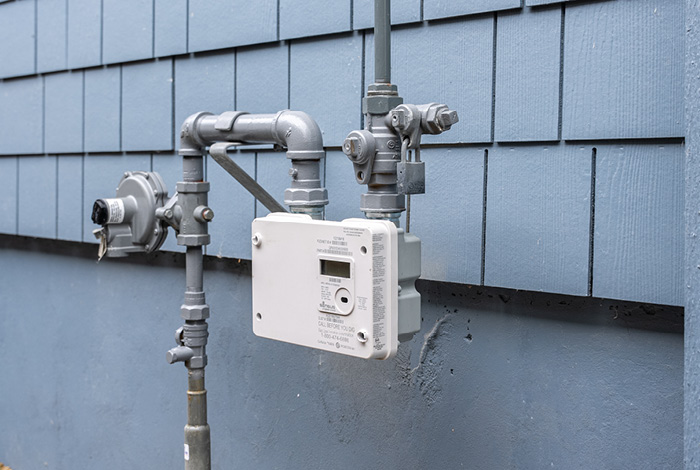How to prevent carbon monoxide exposure
December 20, 2019
Updated October 31, 2023
Preventative maintenance of your gas appliances can help keep you and your loved ones—including four-legged family members—safe this heating season. To avoid unexpected issues, like a carbon monoxide (CO) exposure, it’s important to make servicing your gas appliances annually a top priority.
Carbon monoxide: an invisible, odourless gas
CO is produced when fuels like gasoline, propane, wood or natural gas are burned incompletely.
Unlike the gas used in your home, which we make smell like rotten eggs, carbon monoxide is odourless which makes it much harder to detect.
If exposed to CO you could experience symptoms that can be confused with the flu. Just like us, our pets are vulnerable to CO, too. Plus, because they’re smaller and may spend more time indoors than we do, they can show signs of CO poisoning before us.
Symptoms of carbon monoxide poisoning in people and pets may include:
| People | Pets |
|---|---|
|
|
It’s important to seek medical attention immediately for both you and your pets if you suspect you’ve been exposed to carbon monoxide.
Reduce your risk of exposure

1. Have your appliances serviced once a year by a licensed gas contractor.
Having a Technical Safety BC licensed gas contractor inspect your appliances to make sure they’re operating safely and have proper ventilation is one of the best ways to prevent CO from being in your home.
Don’t have a contractor in mind? It’s easy to find a licensed gas contractor on our directory.

2. Install carbon monoxide detectors in your home.
CO detectors will alert you if there are elevated levels of CO and give you time to get outside into fresh air. It’s important to install CO detectors on each level of your home, especially near bedrooms so you can hear the alarm if it goes off while you’re sleeping.

3. Never use equipment designed for outdoor use, such as barbecues, camp stoves, propane lanterns or generators in any enclosed space.
Remove vehicles and gas-powered equipment from the garage immediately after starting the engine.

4. Follow the instructions and recommendations in your appliance manuals.
When buying equipment, look for the seal of an approved certification agency such as the Canadian Gas Association or the Canadian Standards Association, and make sure to use it as intended.
If you suspect exposure to carbon monoxide
Follow these steps if you think you’ve been exposed to CO:
- turn off your appliances
- get all people and pets out of the building and don’t go back inside until it’s safe
- call 911 or FortisBC’s emergency line at 1-800-663-9911 (24 hours)
- seek medical attention to treat any symptoms
FortisBC takes CO calls seriously and will investigate all potential CO problems. If there is a source of CO exposure, a FortisBC technician will clear and vent the area, and when it’s safe, they’ll allow you back inside.
Learn more about carbon monoxide safety and appliance maintenance and safety.



